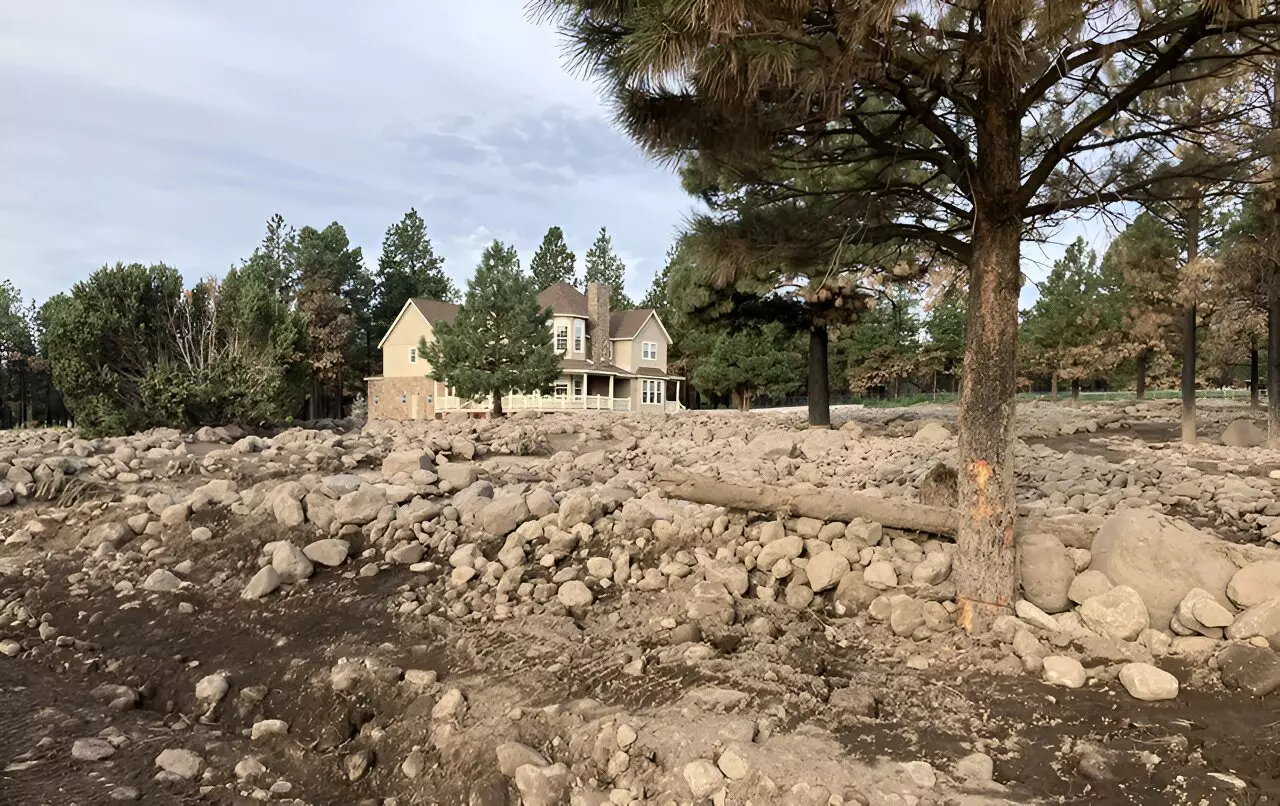Recent research conducted by a team from Los Alamos National Laboratory has made significant advancements in the field of landslide prediction. By enhancing simulation speed and accuracy, the study aims to enhance safety measures for communities vulnerable to infrastructural damage caused by landslides.
One of the primary challenges with existing methods of predicting debris flow after a wildfire is the time-consuming nature of the process. Moreover, the presence of numerous uncertainties often deters the widespread use of these predictive models. Tao Liu, a scientist at Los Alamos National Laboratory, highlights the need for a more efficient approach to anticipating debris flow behavior post wildfires.
Contrary to popular belief, the threat posed by wildfires does not end once they are contained. Postfire debris flows, occurring during or immediately after a wildfire, can compound the devastation caused by the fire itself. These natural disasters are characterized by their unpredictability and sudden onset, making them particularly hazardous for communities at risk.
The destructive potential of landslides should not be underestimated, as thousands of lives are lost each year due to such events. Wildfires exacerbate the risk of landslides by reducing soil infiltration, disrupting root systems, and destabilizing the ground. This sets the stage for heavy rainfall to trigger devastating landslides, resulting in a secondary wave of destruction.
The research team behind the study developed a probabilistic PFDF inundation assessment, leveraging data collected after the 2022 Pipeline Fire in northern Arizona. By analyzing 10,000 optimized parameter instances, the researchers aimed to enhance their ability to predict the likelihood of postfire debris flows. This predictive model enables scientists and stakeholders to preemptively take action to safeguard communities and ecosystems from potential landslides.
Implementing measures such as increased ground cover plants, water channels, and retaining walls can significantly improve the stability of the ground post wildfire. By preparing in advance for the possibility of debris flows, communities can mitigate the impact of natural disasters on residential areas, public infrastructure, and economies.
The groundbreaking research conducted by the team at Los Alamos National Laboratory not only enhances our preparedness for postfire debris flows but also offers invaluable insights for future hazard assessments. By utilizing advanced predictive models, stakeholders can proactively safeguard at-risk communities and ecosystems from the destructive aftermath of wildfires.


Leave a Reply